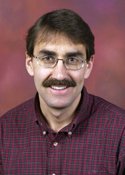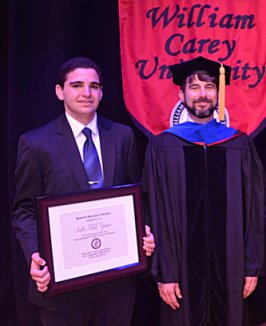
Mammoths are an extinct group of mammals whose fossils are found in Asia, Europe, and the Americas. As the drawing above shows, they probably looked a lot like elephants, but they had significantly more hair and long, curved tusks. Scientists have learned a lot about these animals, since they left behind plenty of well-preserved remains. Some have even been found frozen, with skin, internal organs, and even DNA preserved. Well, a find out of the New Siberian Islands might have just surpassed all other finds when it comes to preservation.
Russian scientist and head of Northeast Federal University Mammoth Museum, Semyon Grigoryev, led an expedition that was specifically looking for well-preserved mammoth remains that could possibly be used to bring mammoths back from extinction. Since parts of the permafrost in Siberia have been thawing in recent years, they believed that frozen mammoth remains might be in the process of being exposed for the first time. They thought that if they could find such remains, some of them might be well-preserved enough to contain the materials necessary for cloning, which might end up producing living mammoths!
Recent reports indicate that the team might have, indeed, made just such a find. According to news reports, the researchers found a mammoth whose lower body was encased in ice. Not frozen soil – actual ice. This resulted in remarkable preservation for that portion of the body. The team says that the muscles are pristine, and they have the red color you would expect from muscle tissue. Even more impressive, they say they have found what appears to be blood in the remains! The article linked above has a picture of tube that contains some of the liquid that the team thinks is mammoth blood. If the researchers can find living cells in the blood or any other part of the remains, they will be given to the Sooam Biotech Research Foundation for cloning in the hopes of producing live mammoths.
While this is all very exciting, I do have to add a few words of caution.
Continue reading “Will Scientists Be Able to Clone Mammoths?”






